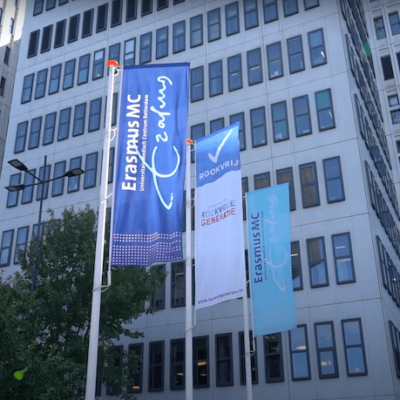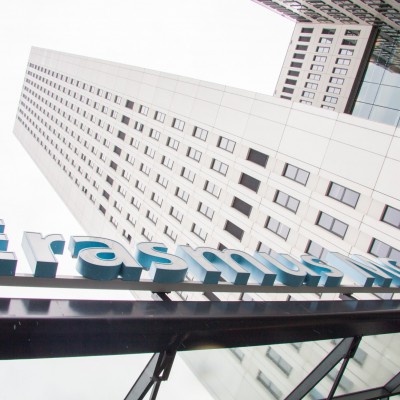Assetlabel
Tag your valuable assets and locations with GS1 barcode labels for traceability and maintenance purposes.
Assetlabel is an easy-to-use SaaS application. You don’t need to install anything, and you can get started quickly.
GS1 standard
With Assetlabel you can uniquely code your assets and locations according to the worldwide GS1 standard.
Assets
You code your assets with so-called GIAI or GRAI. GIAI stands for Global Individual Asset Identifier. GRAI stands for Global Returnable Asset Identifier. Together they form the two GS1 keys for asset identification.
GIAI
Companies can apply a GIAI on any asset to uniquely identify and manage that asset.
GRAI
This GRAI GS1 code is especially suitable for the management of reusable transport items, transport equipment, and tools. It can identify these returnable assets by type as well as individually, if needed, for tracking and sorting purposes.
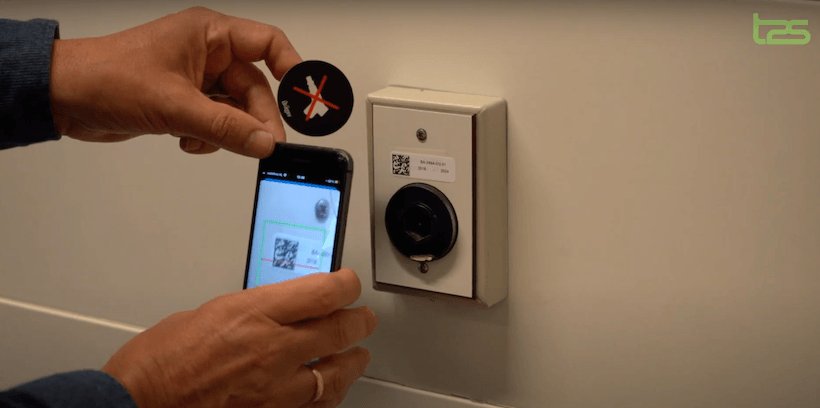
An example GS1 DataMatrix label for an asset at Erasmus MC.
Locations
With Assetlabel you can uniquely code your locations in addition to your assets according to the worldwide GS1 standard.
GLN
You code your locations with the GLN. GLN stands for Global Location Number. Global Location Number (GLN) can be used by companies to identify their locations, giving them complete flexibility to identify any type or level of location required.
Examples of locations that can be coded are a company, a branch, a department, a specific place in the building (for example a hospital room or storage warehouse), and a digital location.
The GLN is a 13-digit number that allows you to identify an address as a unique location worldwide. The associated name, address and other data are linked to this unique number.
GS1 barcode
After you have coded your locations and assets with a GIAI, GRAI and GLN, you can translate them into a GS1 barcode. You record the data about the locations and assets in your IT system. By scanning the barcode you can efficiently retrieve the information from your system.
DataMatrix barcode
An example of a barcode is the GS1 DataMatrix barcode. This is a 2d code that has the advantage that it is small and that you can store a lot of information in it.
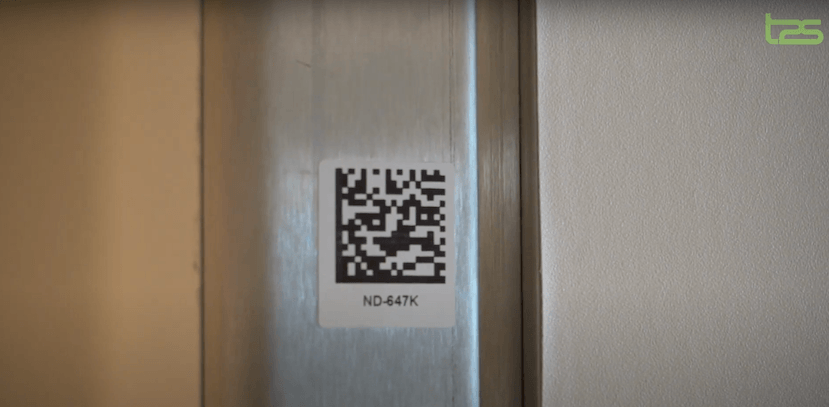
An example GS1 DataMatrix label for a location at Erasmus MC.
Practical example: Assetlabel at Erasmus MC
Erasmus MC has approximately 40,000 assets in the hospital, which are regularly maintained by the real estate support department.
The assets are managed by property management. Property management wants to be sure that they are at the right asset. For this they use Assetlabel to encode all assets with a GIAI and provide them with a GS1 DataMatrix barcode label.
Assetlabel is also used to encode locations in Erasmus MC with a GLN and provide them with a GS1 DataMatrix barcode label.
Advantages
The label with the GS1 DataMatrix code is recognizable for employees. They see it as an Erasmus MC code.
Hans Hutters, Team Leader Property Support at Erasmus MC, tells:
“Employees can scan the room label and create a cleaning alert for it. All without typing in the room number or anything. It also saves money in the end. And it will be easier for our healthcare colleagues to report issues to us, meaning they’ll have to spend less time on administration.”
Watch the video ‘Standardization at Erasmus MC: from high-risk medication to assets’.
Standardization in hospitals
Read more about the use of the GS1 standard at Erasmus MC and Dijklander hospital by clicking on one of the images below.

